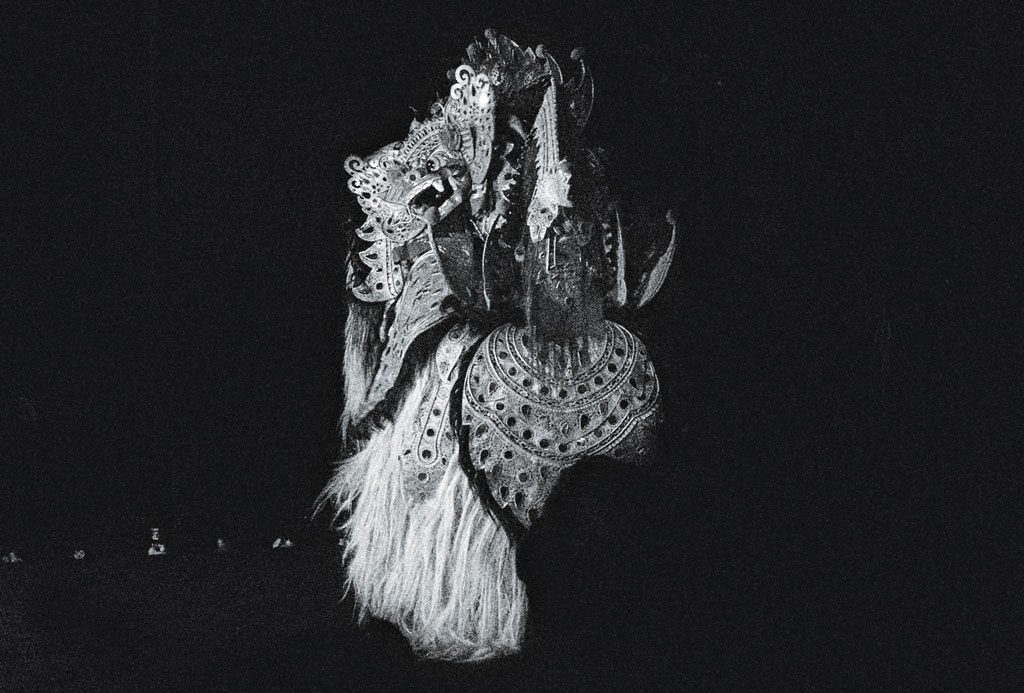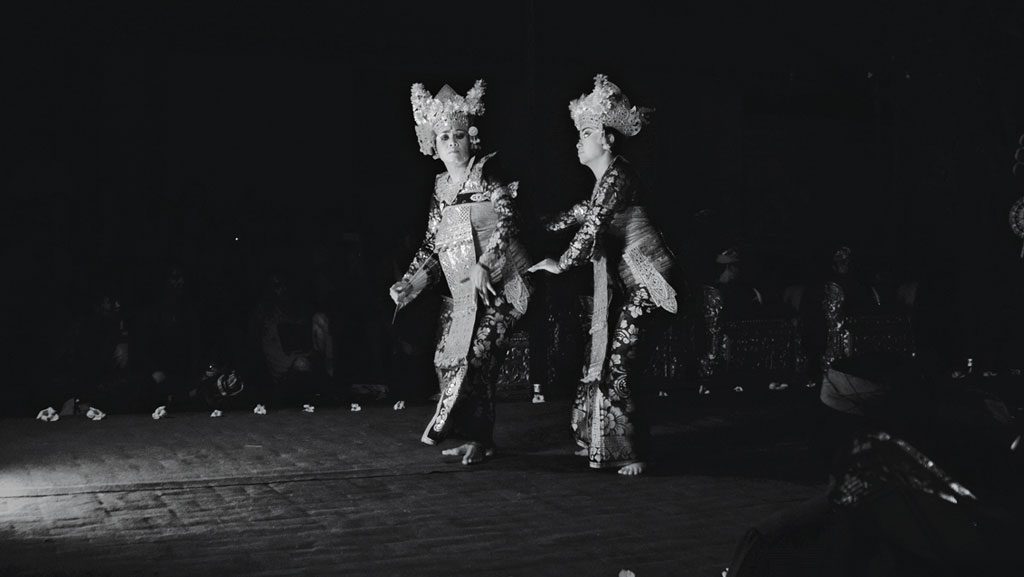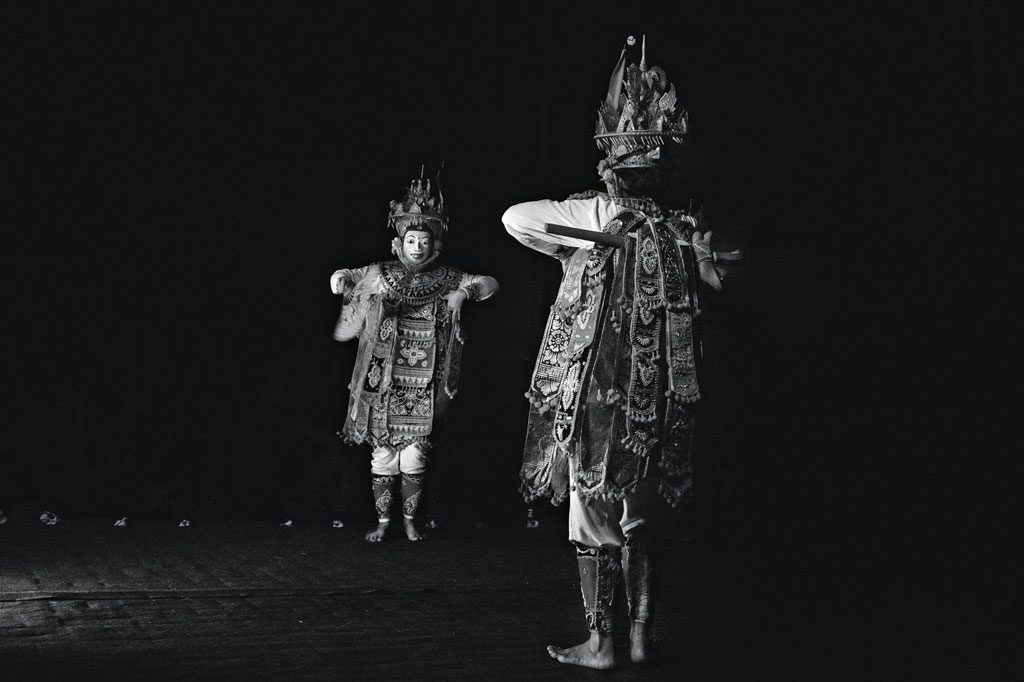Puri Saren Ubud, popularly known as the Ubud Palace, is the witness of all changes that has been through by this artistic village, which is perhaps more suitably called a vibrant town now.
Situated at the heart of Ubud, the palace is the place for cultural connoisseurs. The beautiful compound that was built in the late 17th century still shines its charm and the vibrant sound of the traditional, musical ensembles resonate within its wall every evening, accompanying exquisite dances performance by youth groups of various villages.

Legong Night at Puri Saren Ubud is special. The serene atmosphere of the palace, the combination of the glow from the night sky and professional stage lighting brings out every small detail of the dancers and the surroundings. While the dancers and the musicians perform, the audience sit in awe under an ancient tree that acts as the compound’s centre piece.
The show starts at 18:30, but it is best to come early to get a good seat. The temple’s dances are always a magnet for photographers, hoping to capture an essence of Bali – if this is you, mind your flash as it may disturb the performance. The Friday night performance at the palace offers various dances, including the Legong dance, mask dance and a trance Rangda performance.

Legong is considered the classic Balinese dance, whose routines serve as the basic root choreography for other dances of Bali. Legong was developed in the palaces in Bali during the 19th Century, during the reign of Prince Sukawati. When the prince was sick, he dreamt of two girls dancing smoothly accompanied by harmonic sounds of the gamelan. When he awoke, he made this dream into reality and created this new choreography.
The Topeng dance that is performed on the night is a modification of Topeng Telek, which is originally a sacred dance only to be performed at temples. Topeng Telek, topeng meaning mask, is performed by a group of male dancers wearing white masks showing handsome, smiling and friendly faces. They wear white long sleeves covered with colourful fabric like a layered shield. A Keris, Balinese traditional dagger, is tucked on the back of their of the costume, and in contrast, they hold a fan in their right hand. The costume and the attributes are a mixture of masculinity, elegance and gracefulness.

Last but not least is the Rangda performance which requires many dancers and also a Balinese priest. The word Rangda derives from the word Randa, meaning widow. Rangda is the main character in the story of Calonarang, along with Barong the lion-like creature who is the symbol of ‘good’. Rangda symbolises rage and destruction, and is a manifestation of the Goddess Durga. She possesses magical powers, and in the dance uses these to put her enemies into a trance, forcing them to turn their knives upon themselves. It is an exciting, dramatic dance, quite a contrast to the two dances before it.
So, if you are looking to immerse yourself in culture, spend an evening watching the dances at the Ubud Palace and experience the life and colour of Balinese heritage.






